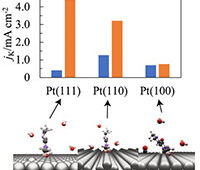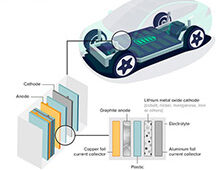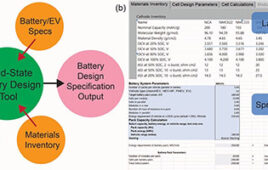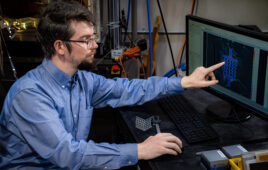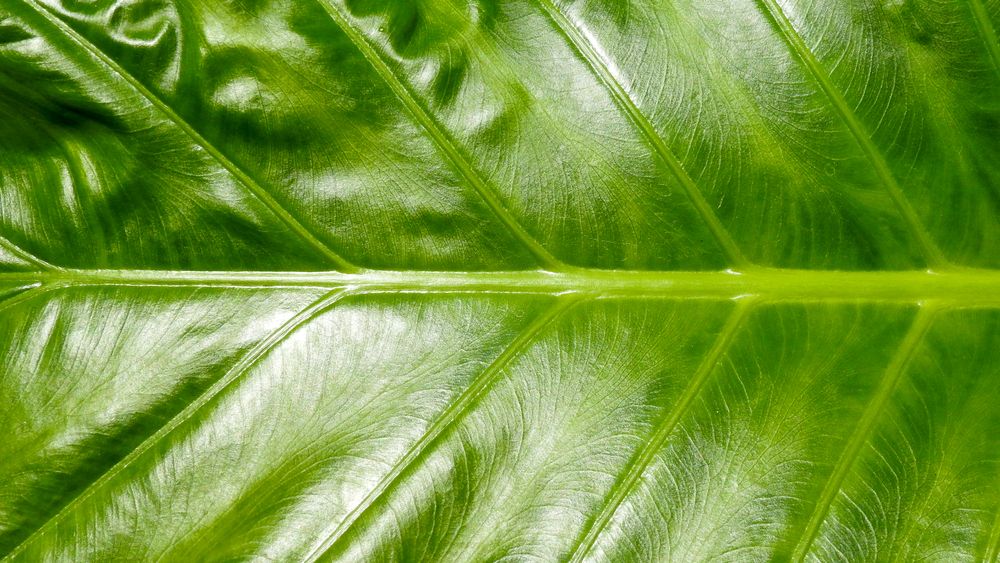
Structures found in nature could yield a new performance system for rechargeable batteries.
An international team of researchers have simulated a porous network similar to the system found in leaves that could make energy transfers more efficient and lead to an optimized charging and discharging process that would prolong the lifetime of these storage devices.
The scientists created the material by mimicking a rule known as Murray’s Law, which is a key concept focusing on how natural organisms survive and grow. Whole networks of pores exist on different scales in biological systems in order to enable the transfer of liquids and minimize resistance throughout this network, according to the University of Cambridge.
Researchers formed this web of pathways using the precise diameter ratios needed to obey Murray’s law. They used zinc oxide nanoparticles containing small pores inside them as the primary foundation.
A layer-by-layer evaporation-driven self-assembly process constructed a second level of porous networks between the molecules.
Furthermore, a byproduct of the evaporation made the particles form larger pores, creating a multilevel porous network.
“This very first demonstration of a Murray material fabrication process is incredibly simple and is entirely driven by the nanoparticle self-assembly. Large scale manufacturability of this porous material is possible, making it an exciting, enabling technology, with potential impact across many applications,” said co-author of this research and engineer at Cambridge’s Graphene Center Dr. Tawfique Hassan, in a statement.
The team tested the material by showing it could produce an efficient breakdown of an organic dye in water by using photocatalysis generating multiple efficient reaction cycles.
Essentially, this plant-inspired creation could improve the long-term stability and discharge capabilities for lithium ion storage, adding a capacity improvement of up to 25 times better than the graphite material currently used in these batteries.
“This study demonstrates that by adapting Murray’s Law from biology and applying it to chemistry, the performance of materials can be improved significantly. The adaptation could benefit a wide range of porous materials and improve functional ceramics and nano-metals used for energy and environmental applications,” said lead researcher Professor Bao-Lian Su, Ph.D., in a statement. “The introduction of the concept of Murray’s Law to industrial processes could revolutionize the design of reactors with highly enhanced efficiency, minimum energy, time, and raw material consumption for a sustainable future.”
The study was published in the journal Nature Communications.

